The number of satellites in orbit has been rapidly increasing over recent years. Upcoming Low Earth Orbit (LEO) and Medium Earth Orbit (MEO) launches will see that figure rise dramatically in the coming years.
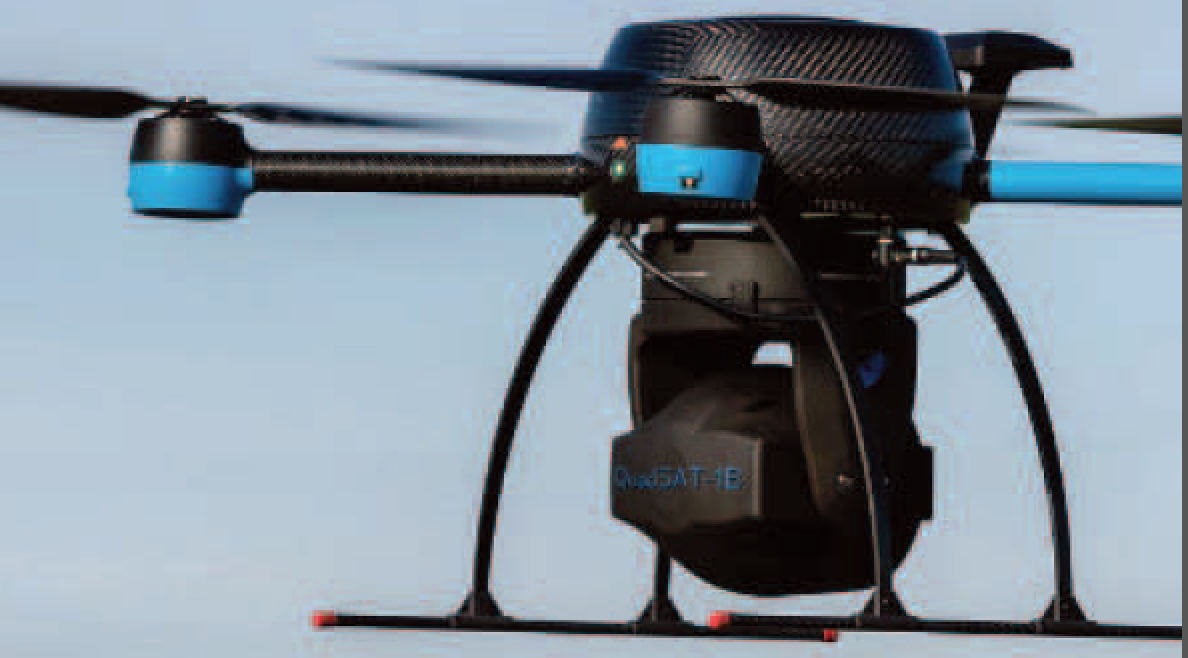
While 2020 saw a drop compared to planned launch figures, that is already turning around, with launches likely to roll out at a fast pace. This year started with the latest launch from SpaceX that brought that company’s total to more than 1,000 spacecraft on-orbit (as of this writing). According to nanosats.eu, we can expect the launch of more than 1,000 smallsats in 2021, compared to just 162 launched in 2020. All of this marks the start of a general trend that will witness large numbers of smallsats expected to launch year on year.
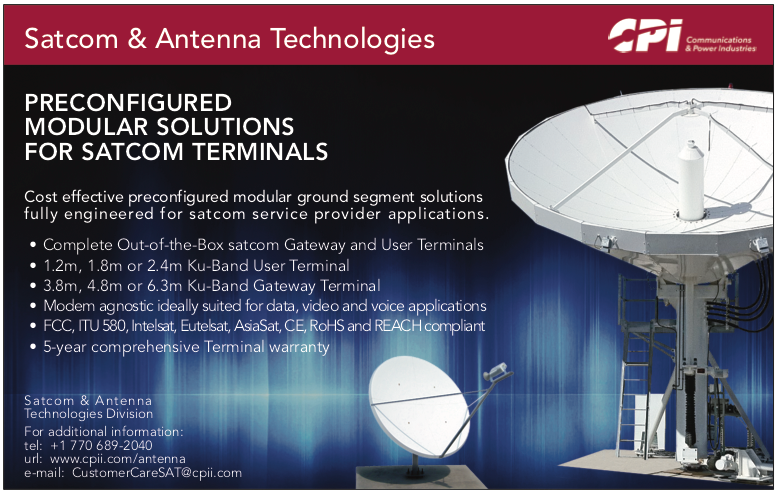
More satellites, of course, mean more required ground terminals. With so many of these launches in LEO, this also means much more complexity for the ground segment. This is putting pressure on the ground segment to adapt and maintain speed with the ongoing pace of change. However, with fast development, all too often malfunctions occur... how can we ensure that as the ground segment evolves, it remains resilient?
The Evolution of the Ground Segment:
Even just a year ago, if you asked a ground equipment manufacturer what the ground segment for LEO would look like, they wouldn’t be able to answer that question. Still today, much of that infrastructure remains undetermined, which is undoubtedly causing a challenge for equipment manufacturers and LEO operators alike. This comes down to a number of as-yet unknowns coupled with challenges that are unique to the LEO environment.
In order to respond to these challenges, the ground segment needs to derive the answer to some fundamental questions:
• What RF signal frequency range will be used?
• Which bandwidths will constellations operate within? These are likely to differ depending on geographic location.
• How will redundancy be managed, given the need for multiple ground stations and the liability incurred with rain fade?
• How many satellites will need to be tracked concurrently using electronically steered arrays?
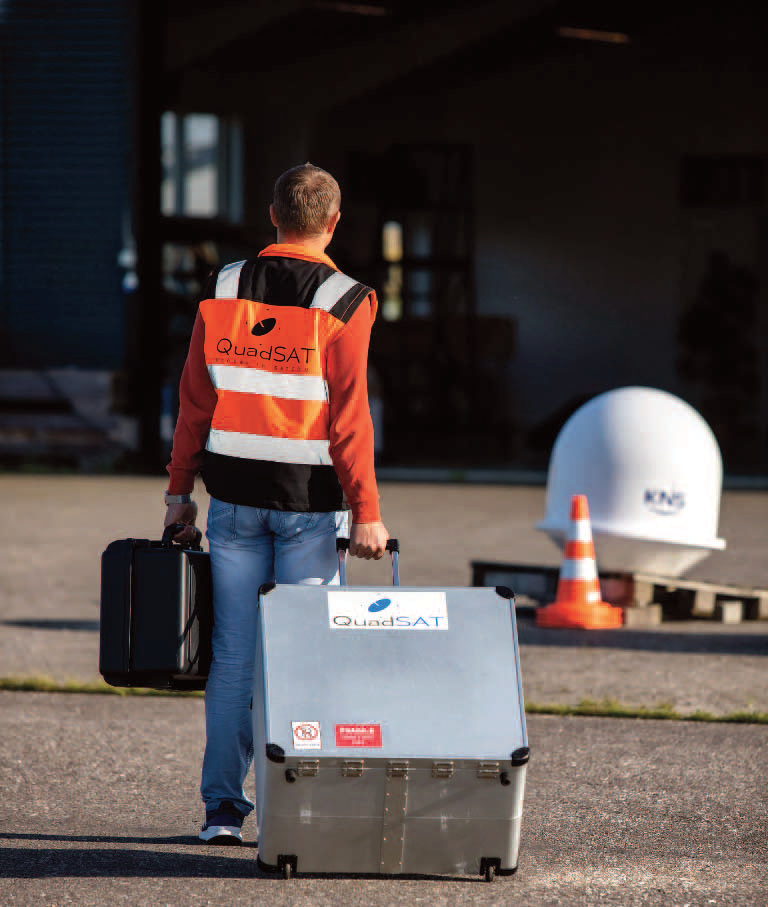
Simultaneously, the need for multiple antennas due to the speed of satellites in LEO and MEO orbit means that we will likely see an increase in the use of programmable flat panel antennas. These, in turn, come with their own set of challenges — currently, few meet the high performance demands required to ensure a consistent, high-quality connection. Add to that the fact that testing these types of antennas is a complex process.
Equipment manufacturers are trying to predict what will be needed as more LEO and MEO launches occur and put into place ground infrastructure to manage this new era of SATCOM.
The Challenge for the Ground
While it is clear that satellite will be key for powering an increazsing number of next generation services, such will demand seamless connectivity with no downtime. There is often also pressure to quickly launch services. This means it is more important than ever before to the ensure services are error free; howeverm, taking time for adequate testing is going to become increasingly more difficult. This will be further impounded by the fact that ground equipment is being quickly adapted to operate in this new environment. Putting new, untested equipment on the network is obviously something everyone wants to avoid.
At the same time, there is so much innovation and development ongoing within the SATCOM space that the ground segment absolutely needs to keep up with the changes. Not only is it challenging to adapt ground equipment for different satellite technology, but it is also getting increasingly complex to test equipment to account for the various technologies all the while acknowledging that satellite actors need to deliver high quality services at a fraction of the cost in order to remain competitive within the industry.
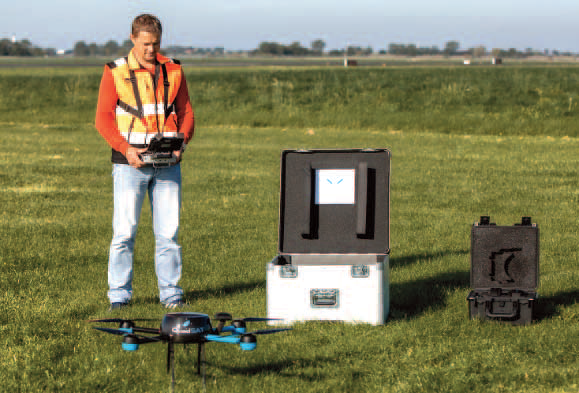
How is this Solved?
There are a number of pieces that need to be pullled together with this puzzle when it comes to ensuring the ground segment is ready for a vast increase in the number of satellites.
Adapting to New Technology
New technology in the skies needs new technology on the ground. We are already seeing innovation being echoed in the ground segment, with new tools and techniques adapted to meet new demands. Existing examples include advancements from companies such as Cobham, ETL Systems and Vialite, among others. Innovation will be crucial to enable satellites to fully support next generation services.
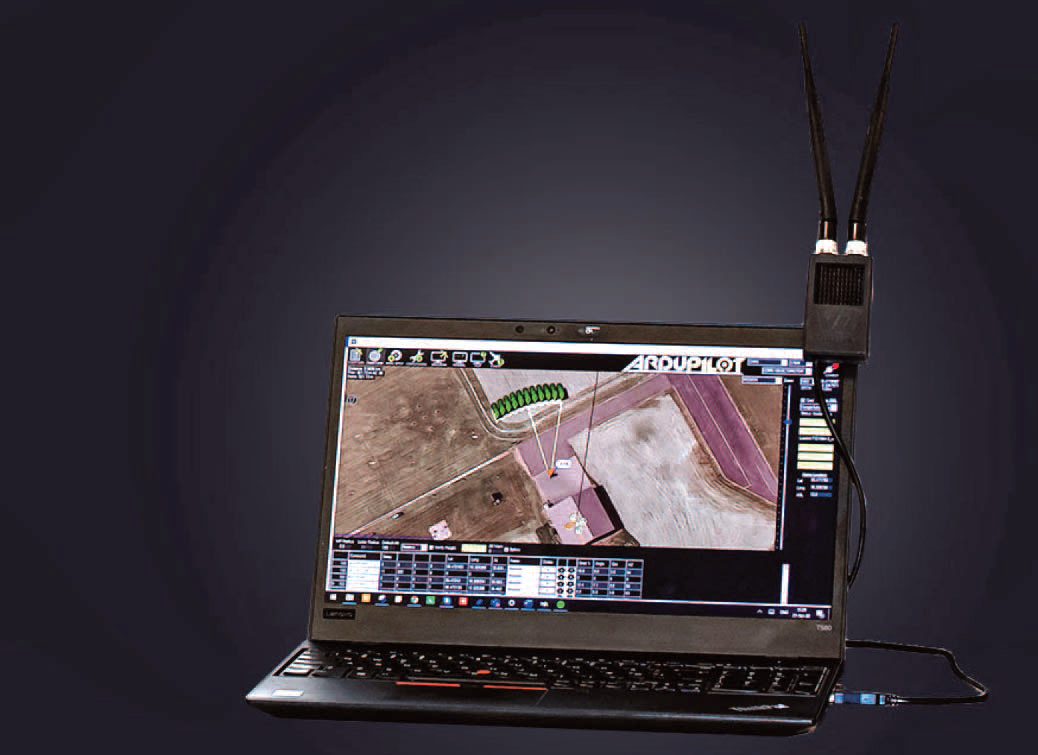
Testing
Given that one of the biggest causes of errors in satellite is equipment failure, testing is absolutely critical to ensuring that that equipment is performing as intended. However, just as the ground segment is having to adapt to new technology, old methods of testing are not well suited for this new environment. To enable widespread testing of huge networks, it is imperative that testing methods become faster, more cost-effective, less complex, and easier to access that what is available today. That is the impetus behind QuadSAT’s technology that enables antennas to be tested using drones. This method is cost-effective, while also enabling testing to take place anywhere and far more quickly than has been previously possible. This can all occur without any compromise on accuracy.
Type Approvals
Testing is but one part of the story. Type approvals are a reliable way of ensuring operators and users can be confident with the equipment they are using are performing well in industry tests. There are already type approvals procedures in place, which work well. These may need to be adapted and extended for new technology as it emerges over the coming months. Currently, one area that is particularly challenging revolves around the use of flat panel antennas.

The Future of the Ground Segment

The satellite industry is facing challenging times. The impact of COVID has been felt throughout the industry, along with rising competition from a variety of communication methods. However, satellite remains a reliable and effective communication technology that has the huge potential to fully enable many of the next generation services that are coming to the various market segments. In order to accomplish the ground support goal, companies must adapt and offer services that are less expensive, faster and far more efficient, all without losing the impact of high quality satellite connectivity.
quadsat.com
Author Joakim Espeland is the CEO and Co-founder of QuadSAT and he is an entrepreneur, electrical and mechanical engineer, stellite field engineer and examiner.


